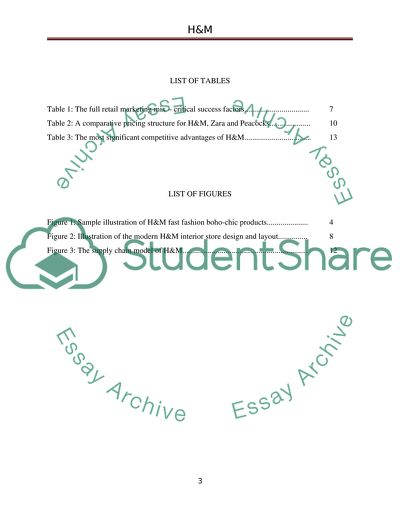Cite this document
(“Retail marketing analysis report: H&M Essay Example | Topics and Well Written Essays - 3000 words”, n.d.)
Retrieved from https://studentshare.org/marketing/1475928-retail-marketing-analysis-report-hm
Retrieved from https://studentshare.org/marketing/1475928-retail-marketing-analysis-report-hm
(Retail Marketing Analysis Report: H&M Essay Example | Topics and Well Written Essays - 3000 Words)
https://studentshare.org/marketing/1475928-retail-marketing-analysis-report-hm.
https://studentshare.org/marketing/1475928-retail-marketing-analysis-report-hm.
“Retail Marketing Analysis Report: H&M Essay Example | Topics and Well Written Essays - 3000 Words”, n.d. https://studentshare.org/marketing/1475928-retail-marketing-analysis-report-hm.


